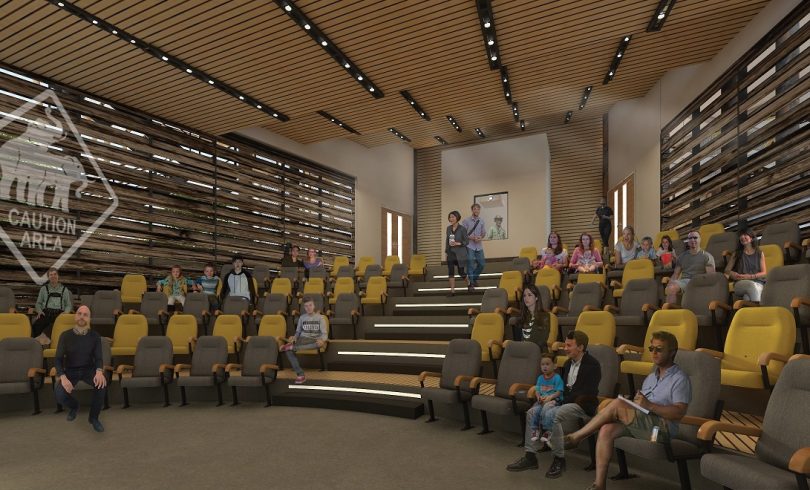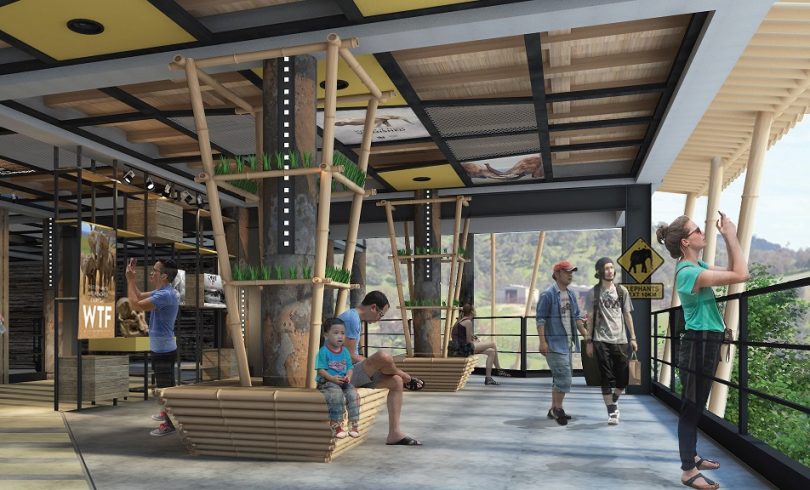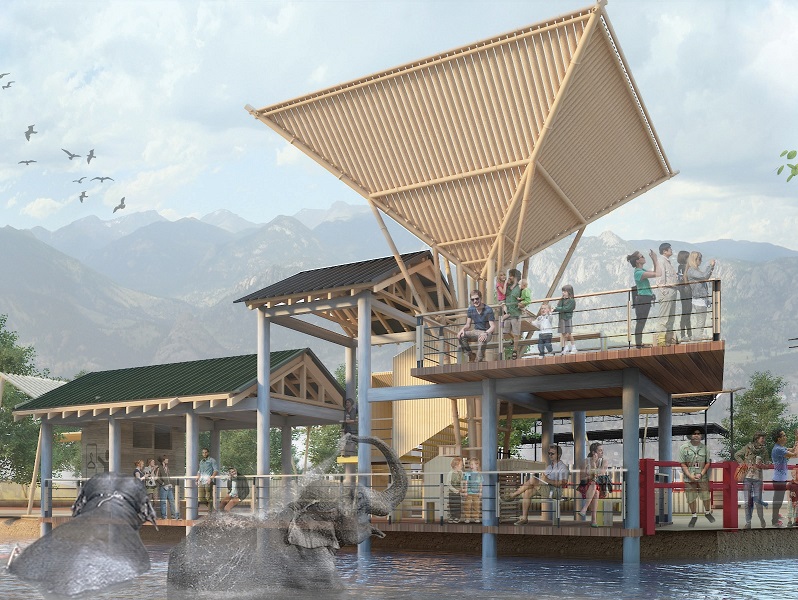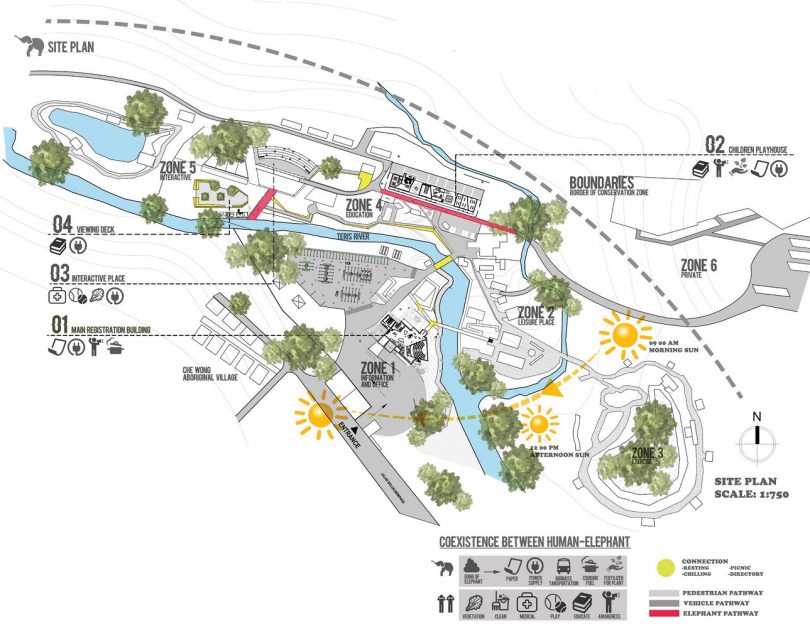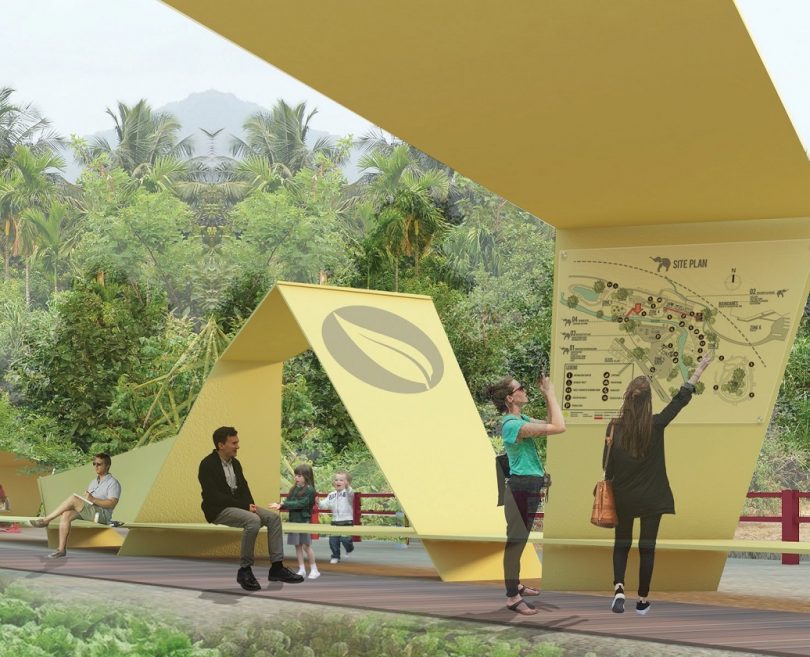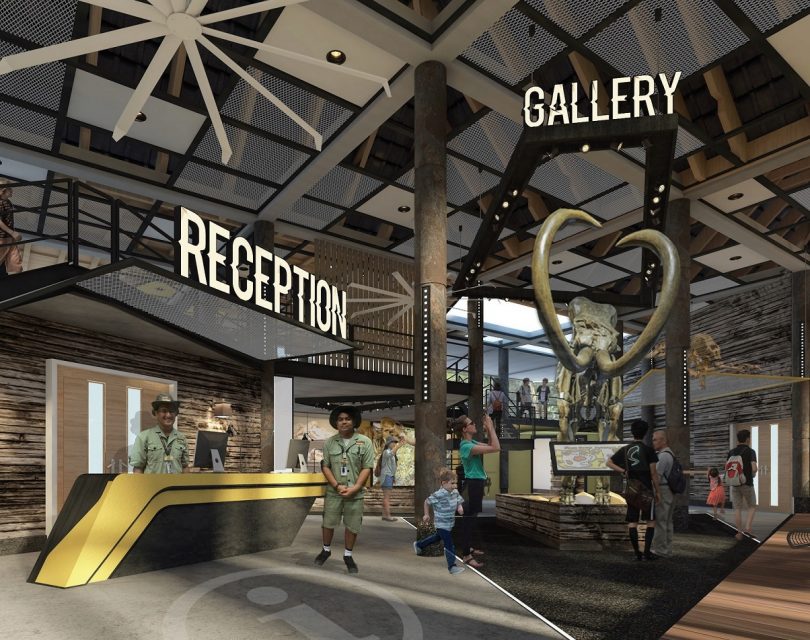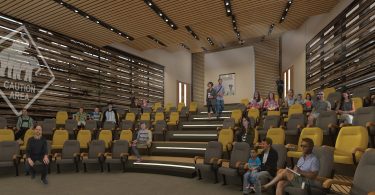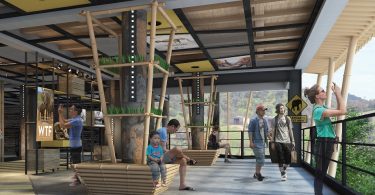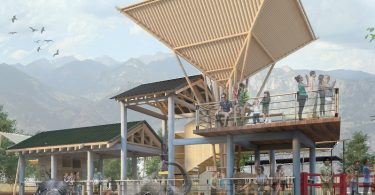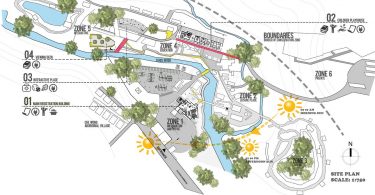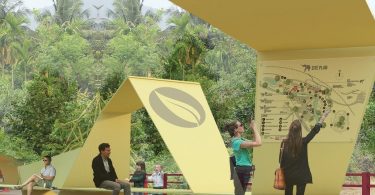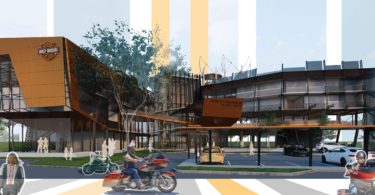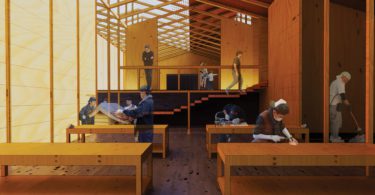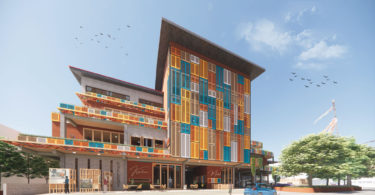Since 1974, the Department of Wildlife and National Parks’ elephant translocation unit has been tracking down, rescuing and releasing wild elephants, who have lost their habitats due to cultivation or development, into larger and safer forest reserves throughout Peninsular Malaysia.
Located in Lanchang, Pahang, The Kuala Gandah National Elephant Conservation Centre serves as a base for the unit, providing a protected habitat for the elephants and raising awareness on conservation issues and the importance of the species.
SOCIAL DIMENSION
With rapid development encroaching into the elephants’ natural habitat, this is a global issue that requires widespread attention. There is also a need to highlight biodiversity conservation through sensible land use practices, which take into account the collective needs of people and elephants to reduce long-term conflict and suffering.
This project, by student Ee Meng Chyi, proposes to refurbish, upgrade and reconfigure the buildings and services of the existing elephant sanctuary to better meet various functional requirements of both elephants and visitors. This initiative can lead to a new understanding, awareness and empathy towards the elephants.
SPATIAL CONCEPTS
The sanctuary is divided into various zones, from the information and office area to the leisure place, the exercise zone, education zone and interactive zone. Buildings involved in this project include the main registration building, the children playhouse, the interactive arena and the viewing deck.
The concept and form of the spaces are derived from the movement of the elephants’ trunks—the way they stretch and flex inwards. The transition of spaces is inspired by the process of elephant translocation, turning a storyline into an educational experience through design analysis and development. The public will be able to experience different emotions as they move through the spaces, from one building to another.
BUILDING LINKAGES
One of the issues detected in the sanctuary, through interviews with the staff and visitors, is the lack of wayfinding. To solve this, a new observation deck is proposed at the main registration office to provide a 180-degree panoramic view for the entire sanctuary.
To improve the connection between the buildings, a continuous structure is constructed from one building to another, which can serve both as a wayfinding guide and a sun-shading device, under which visitors can picnic and rest.
MAN AND BEAST
The building programme will highlight the coexistence between humans and elephants. An adult elephant produce 500 pounds of dung per day, and 100 kilograms of elephant dung can produce 115 sheets of paper. Elephant dung can also be processed to generate power supply, fertiliser, coffee and beer, as well as biofuel and biogas, which can be used in this building programme. For example, the recycled paper can be used for visitors’ art and craft sessions, while the fertiliser can be used for gardening, and the power supply channelled for the daily use of the building.
At the same time, visitors can contribute back to the elephants by growing food for the animals in a garden area, providing medical treatment for the injured and disabled elephants, cleaning the elephant paddocks, bathing the elephant and participating in public awareness and conservation activities.
ENVIRONMENTAL CONNECTION
Thanks to its natural forest, Pahang’s main industry is centred on tropical timber production. Hence, local materials, such as yellow bamboo and various types of solid timber, are used for the buildings to show their environmental relationship to the surrounding forest. Yellow bamboo is used to construct a structure that is able to harvest rainwater to provide water supply for daily use, such as irrigation, washing and cleaning.
This building programme will increase visitors’ accessibility and visibility in and around the centre, as well as raise awareness and educate the public on their relationship with nature and animals.
PROJECT DATA
Student Name: Ee Meng Chyi
School: First City University College
Programme: BA (Hons) Interior Architecture and Design
Supervisor/Instructor: Chua Huwi Huwi
Project Name: Elephant Sanctuary
Location: Kuala Gandah National Elephant Conservation Centre, Pahang
Site Area: 15.93 hectares
Client/Owner: Department of Wildlife and National Parks
Images: Ee Meng Chyi



